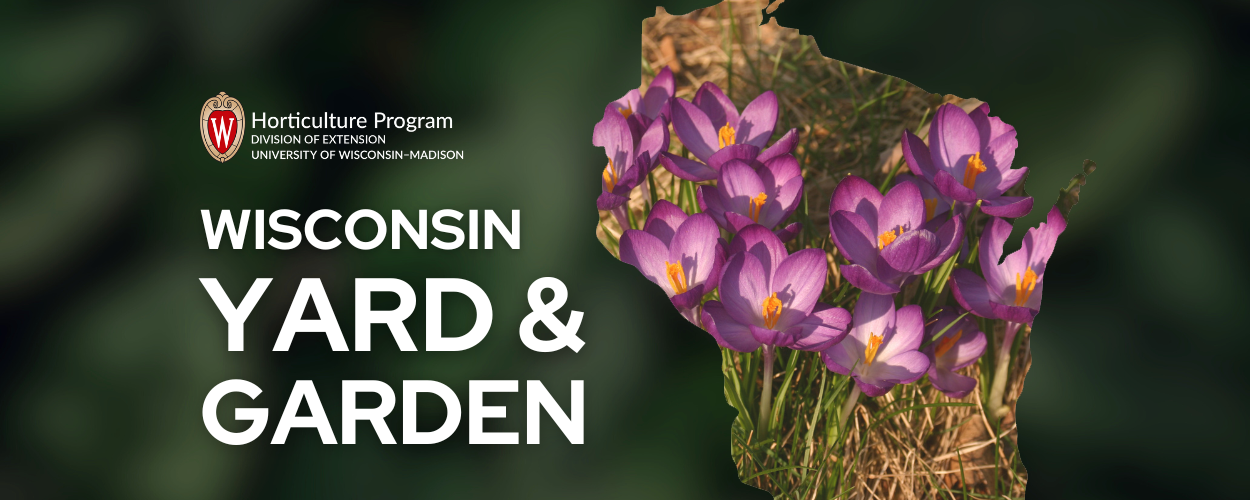
This article was originally published for the Northwoods Yard and Garden column by Extension Iron County.
With fall arriving this weekend, get set for planting spring flowering bulbs. There are lots of choices of dependable species available to return each year to add color to the spring landscape.
Proper site selection is essential for long-term success. Poor soil drainage is the biggest problem facing bulbs, so choose planting sites accordingly. Bulbs also prefer some sunlight so they can generate energy to ensure good future flower shows. Locations shaded by deciduous trees now often receive adequate sunlight in spring prior to the tree leafing out. Bulbs already contain enough energy stored for the first season of growth. Allowing foliage to remain after blooming helps ensure future success, as green leaves take in sunlight to generate stored energy.
Since bulbs will remain in place for a long time, good soil conditions and adequate soil fertility are important. If working up a larger planting area, add amendments such as compost, peat, rotted manure, or other organic matter. Ideally these should be worked into the upper eight inches of soil, especially for soils with significant levels of clay or sand.
Adequate fertilization helps bulb growth and flower production. Complete commercial fertilizers, such as 5-10-5 or 5-10-10, can be added at rates of about one pound per one hundred square feet of surface area. Work into the upper 4 to 6 inches of soil. If squirrels are a problem, spreading poultry wire just under the soil surface of planting areas discourages them from digging up newly planted bulbs.
There are numerous ways to incorporate bulbs in landscapes. Mass plantings in solid beds, groups clustered in perennial beds or rock gardens, borders along walks or patios, and foundation plantings are all possibilities. With some planning, blooming bulbs can brighten the landscape for much of spring. The early bloomers include snowdrops (Galanthus) and winter aconites (Eranthis), followed by crocus, scillas, and grape hyacinth (Muscari). Many varieties and cultivars of narcissus, daffodils, and tulips can provide color for several weeks from mid to late spring.
Planting bulbs over the next few weeks gives roots time to develop yet this fall. As a rule, the depth of soil above bulbs should be about twice the diameter of the bulb. Specific planting instructions usually accompany bulbs when purchased. Allow adequate space for bulbs to grow, especially in naturalizing plantings. Water new plantings thoroughly to get bulbs off to a good start.
Spring bulbs can put on spectacular displays of color with minimum care. Plan next year’s spring flower show now!

About the Author
Bruce Spangenberg is a Horticulture Outreach Specialist with UW-Madison Division of Extension. Get answers to your lawn, landscape and garden questions anytime at “Ask Your Gardening Question.”




